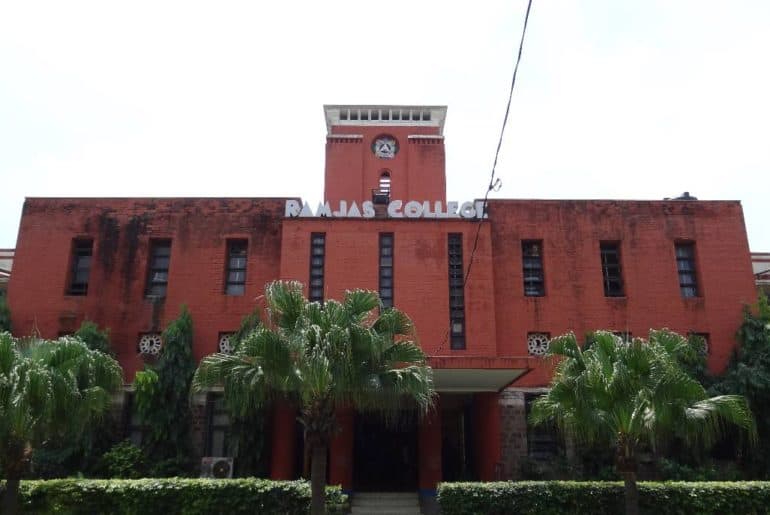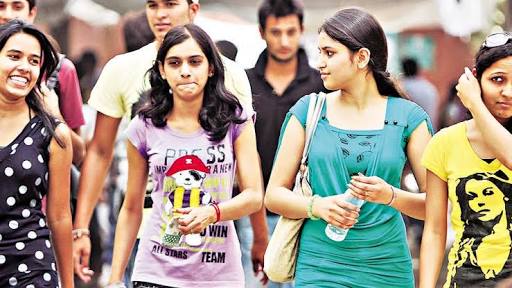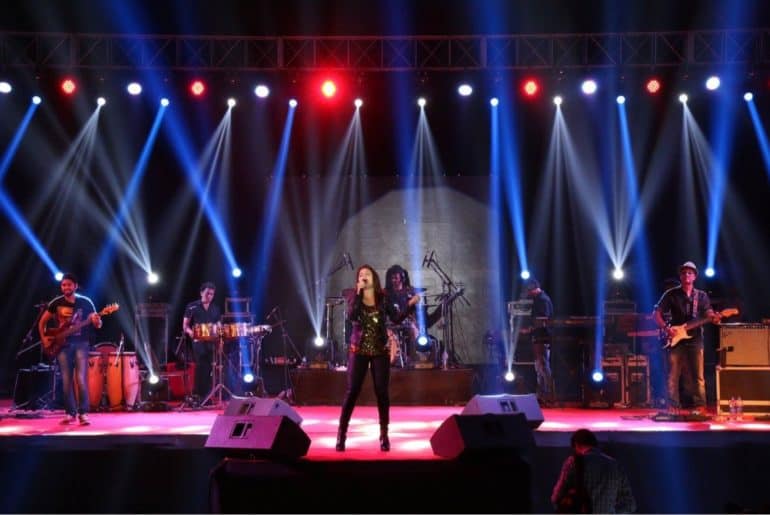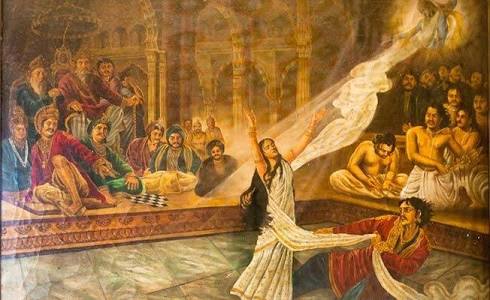Due to a hostel crunch (only about 10 campus colleges have hostel facilities), most students are forced to reside in private hostels and paying guest accomodations. This has made places near the campus like Hudson Line, Vijay Nagar, Kamla Nagar and Mukherjee Nagar in North Delhi, and Satya Niketan, Amar Colony and East of Kailash in South Delhi very popular for out-station students.
However, the high rates cause problems for students as many come from outside Delhi and relatively humble backgrounds. Some students’ organisations have been fighting for a standardised rent agreement for the past three years. As of now, there is no fixed slab and owners increase prices as they please.
The NCR kids cannot escape the heat either. The college and university hostels do not accommodate students who are National Capital Region (NCR) residents. This limits their chances at these hostels, which are more economical. They need to look for private accommodation, as travelling from home everyday will be difficult. While at the time of admission, PG owners are abound with promises, how far are these promises kept at the end of the semester?
Students who stay in these PGs say the facilities aren’t as nice in reality. Most have to pay over Rs 12,000 for a very small room. The bathroom has just enough space for them to stand. Even the WiFi is mostly useless because so many people use it. Even when the proprietors might give away the rooms for below 10kit is important not to get deceived by it as the rates are mostly not inclusive of food, internet, electricity or AC charges (something which the proprietors do not mention voluntarily at the time of booking of the book for fear of losing their prospective tenant). Interestingly, at the beginning of he academic year, the paying guest accommodations try to woo students with a host of modern facilities and comfort living (as one PG owner of BD Estate claimed “One fruit everyday”). But those facilities surprisingly either never materialised or fazed out by September (the same PG would give one banana only once a week).
Electricity bill remains a bone of contention between students and landlords in most of the PGs where the rent is not inclusive of electricity charges. Some PGs charge Rs.8 to Rs.10 per unit of electricity over and above the monthly rent, while the government charges Rs.7 to Rs. 8 per unit. Sometimes the proprietors go to the extent of charging even for the electricity used in the mess or the common corridors. While the electricty rates are generally supposed to come within Rs. 1000 (even as per the enhanced standard rates of the PGs), most of the students find their PG owners adding impractical figures on the rent slip every month. And the figures only increase evry successive month.
Often the curfew time at the boys’ PG is10pm to 12 midnight, while a girls’ PG would usully set the curfew at 8pm. When asked about the reasons behind this differention, PG proprietors woul explain that the restrictions are more from the parents’ side and that it is not something that they imposed. If the parents tell them that they are comfortable with their daughter returning late, they apparently wouldn’t have a problem.
While the PG owners, in order to satiate parents anxious of their wards’ wellbeing, would initially drive home the idea that they would shut the gates at 8pm “sharp”, in reality, the PGs are more liberal than that, often stretching the deadline till 8:30 or even 9. As Shristi, a student of Ramjas claimed, “the dealine gets stretched with each passing month”, although this is an instance which would be hard to generalise for all PGs.
While the exploitative PGs go on minting money, it is important to serve the wake-up call to the UGC to remind it to ensure adequate accommodation for all students in college hostels. Because while education is hard, the exigencies of staying in Delhi are harder.
Feature Image Credits: Hindustan Times
Vaibhavi Sharma Pathak
[email protected]










